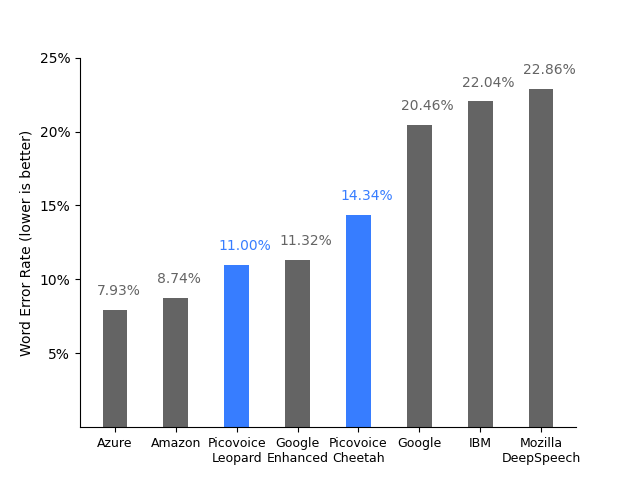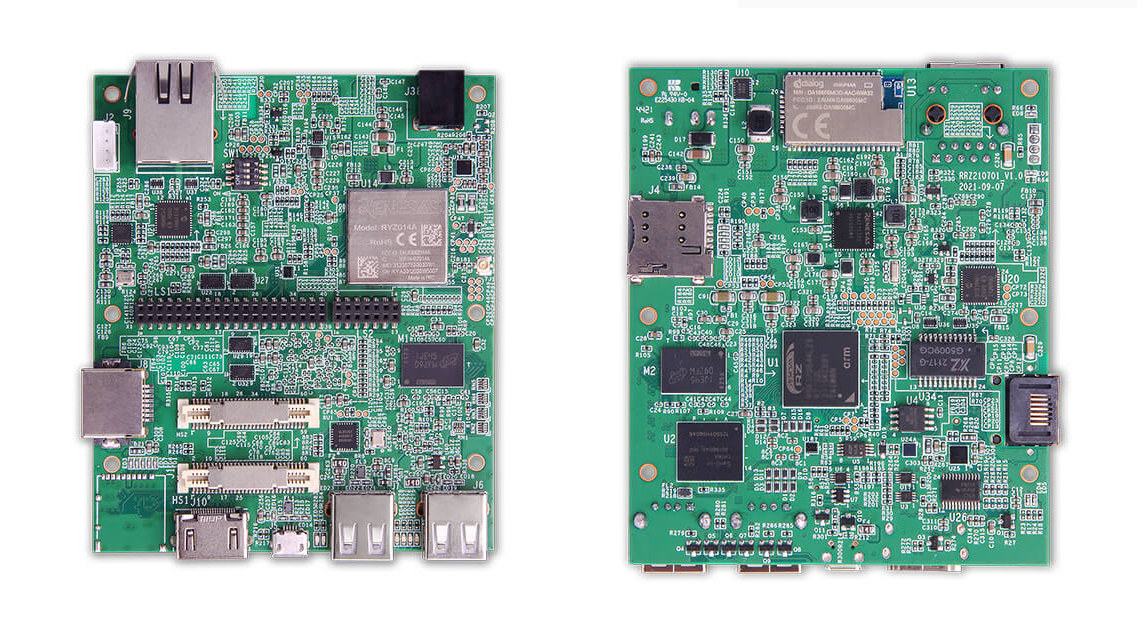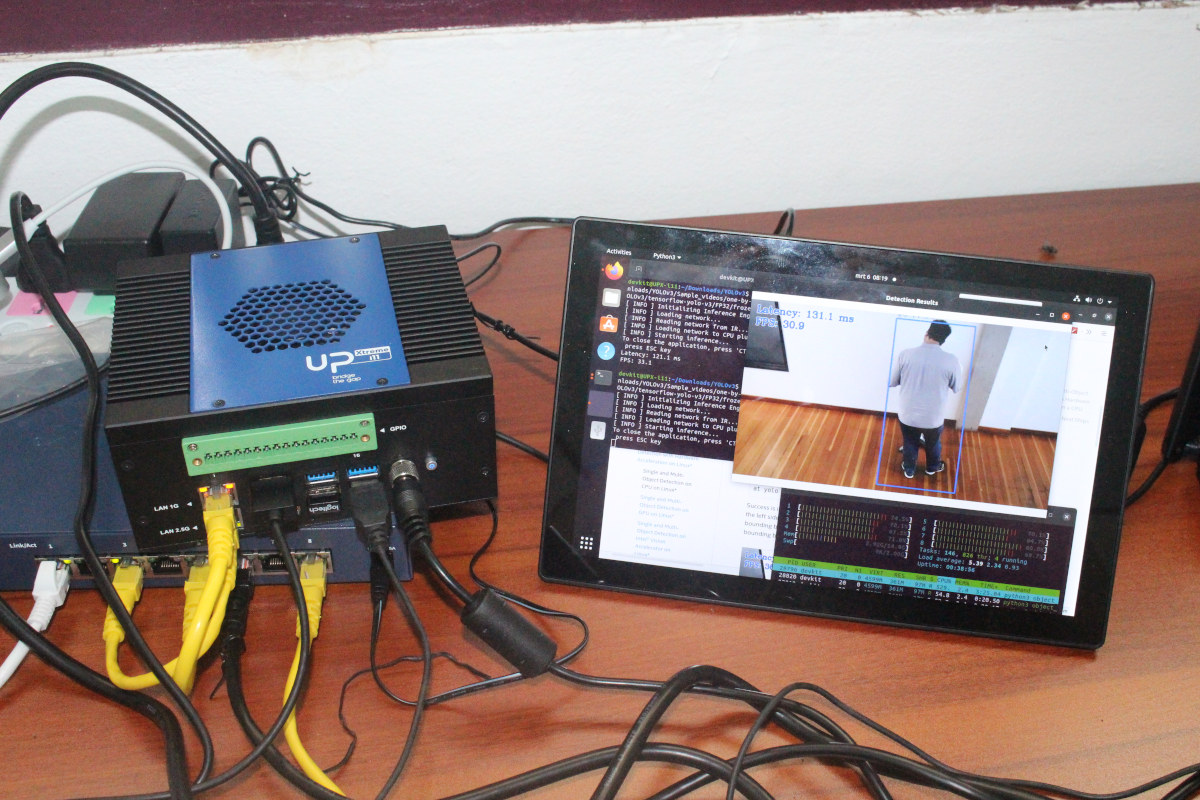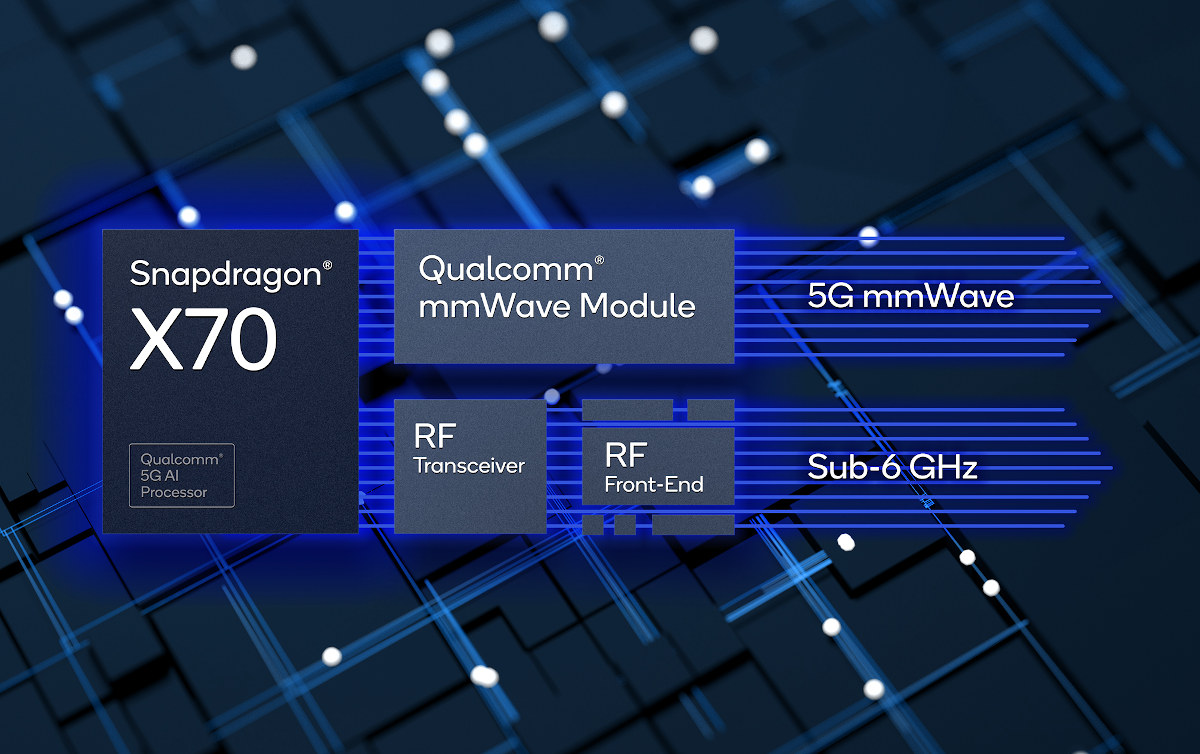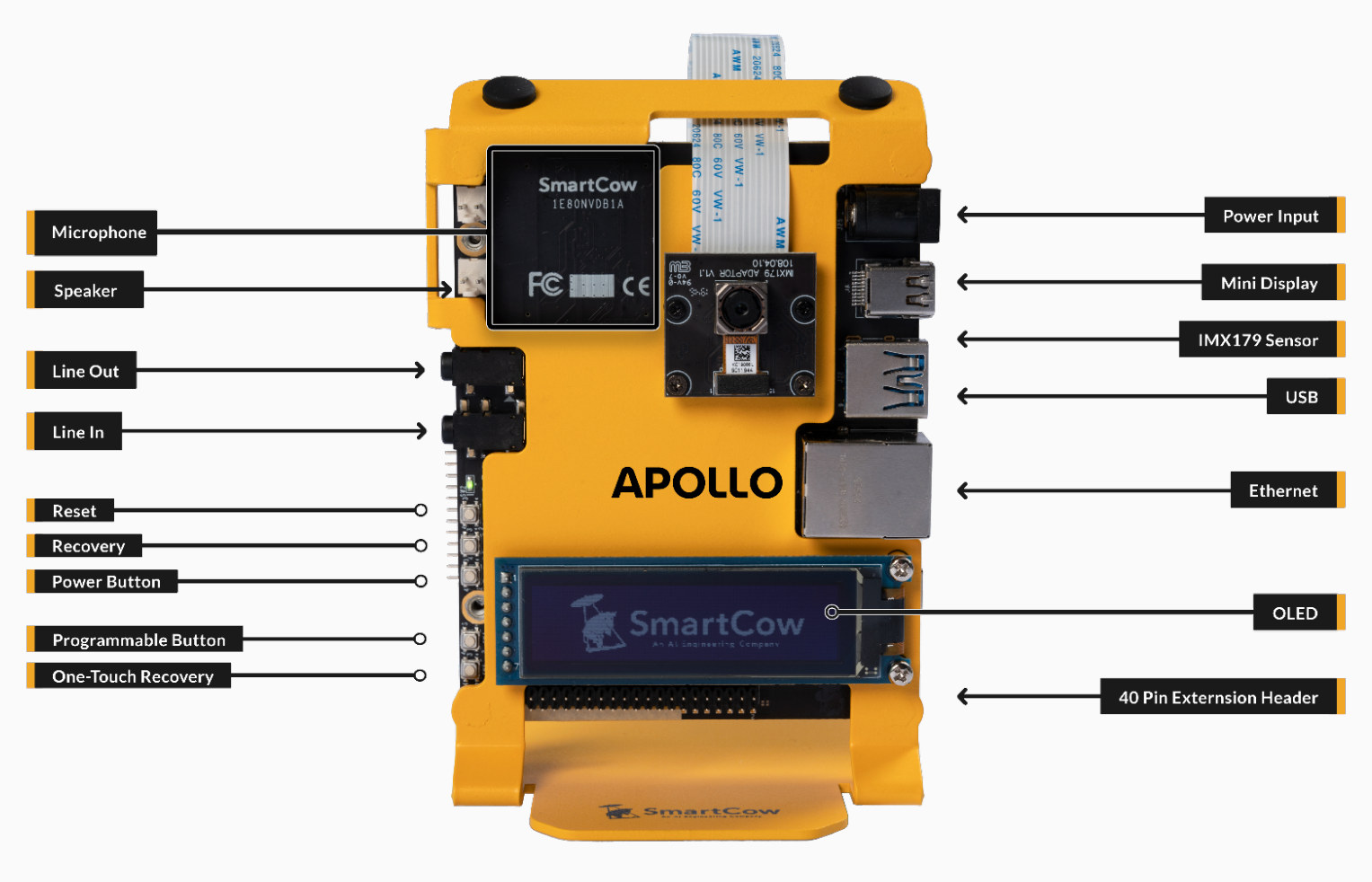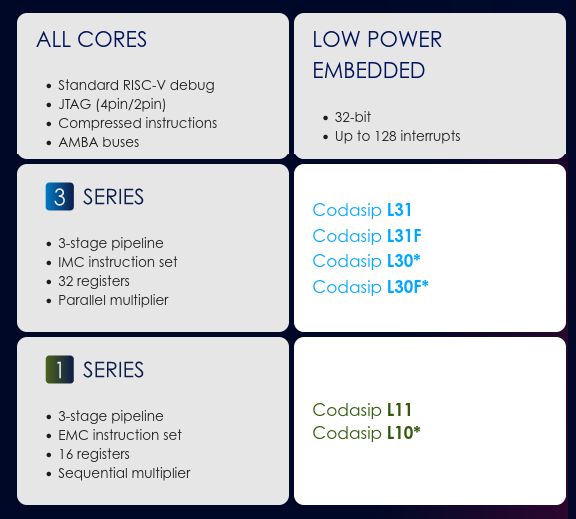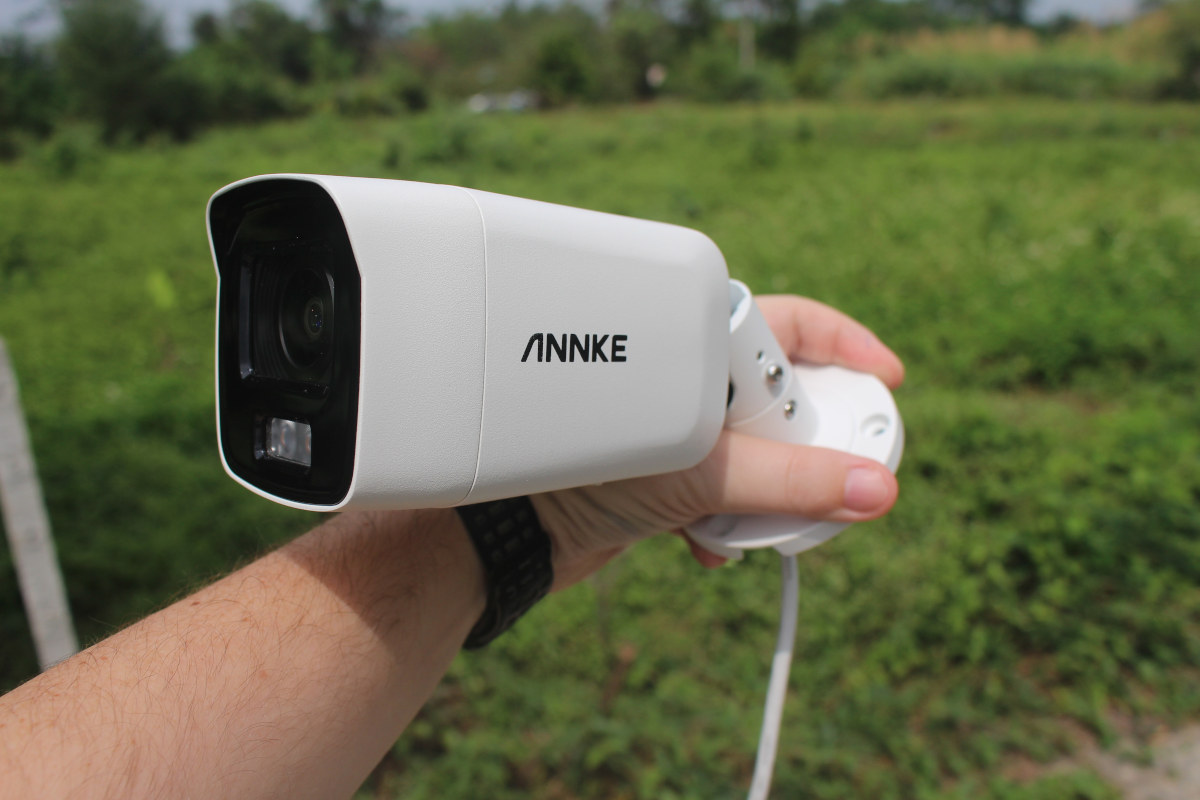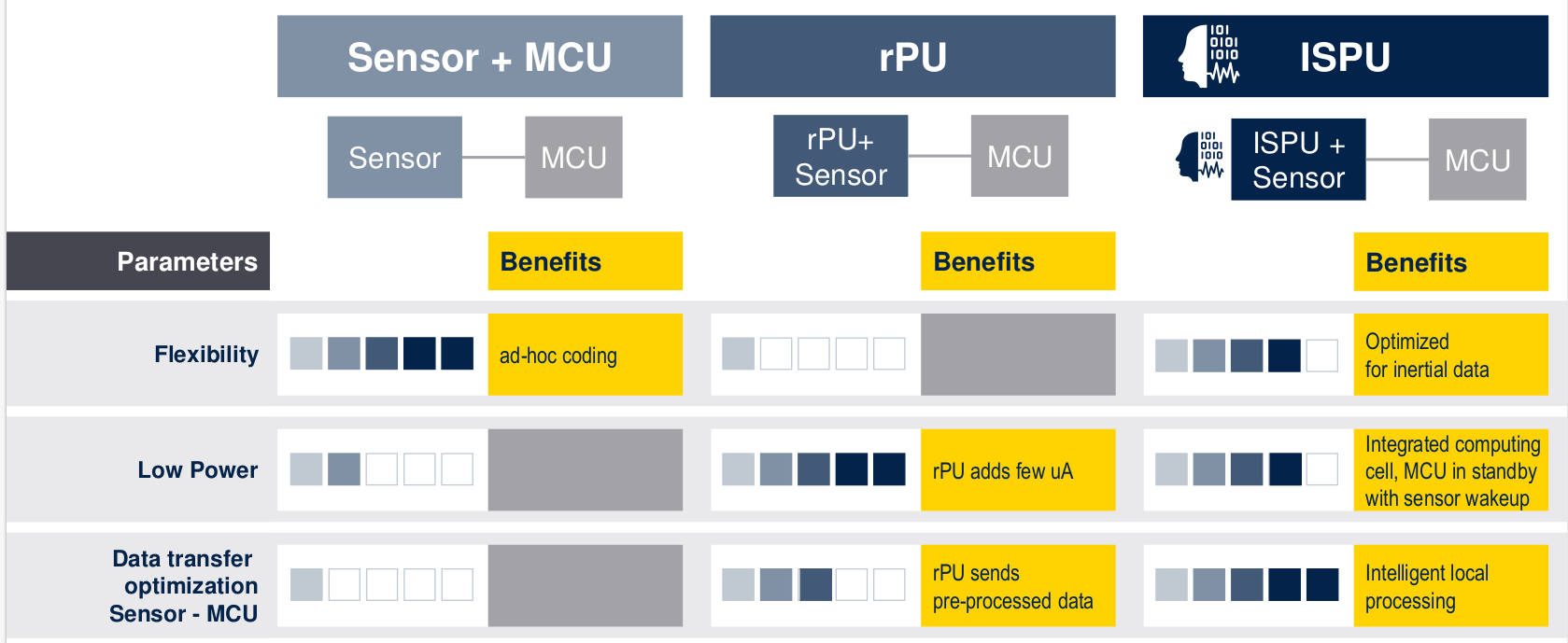Picovoice Leopard and Cheetah offline, on-device speech-to-text engines are said to achieve cloud-level accuracy, rely on tiny Speech-to-Text models, and slash the cost of automatic transcription by up to 10 times. Leopard is an on-device speech-to-text engine, while Cheetah is an on-device streaming speech-to-text engine, and both are cross-platform with support for Linux x86_64, macOS (x86_64, arm64), Windows x86_64, Android, iOS, Raspberry Pi 3/4, and NVIDIA Jetson Nano. Looking at the cost is always tricky since companies have different pricing structures, and the table above basically shows the best scenario, where Picovoice is 6 to 20 times more cost-effective than solutions from Microsoft Azure or Google STT. Picovoice Leopard/Cheetah is free for the first 100 hours, and customers can pay a monthly $999 fee for up to 10,000 hours hence the $0.1 per hour cost with PicoVoice. If you were to use only 1000 hours out of your plan that […]
Renesas RZ/G2L or RZ/V2L AI development board comes with built-in LTE Cat M1 modem, 96boards form factor
Geniatech “AHAURA” RS-G2L100 / “AKITIO” RS-V2L100 is a Renesas RZ/G2L and RZ/V2L Cortex-A55/M33 development board that follows 96boards CE Extended v2.0 form factor, and is equipped with a Renesas LTE Cat M1 modem. Both RZ/G2L and RZ/V2L processors are basically the same, but the latter adds the “DRP-AI” (dynamically reconfigurable processor) AI accelerator for computer vision applications. The board also comes with up to 4GB RAM, two Gigabit Ethernet ports, a wireless WiFi and Bluetooth module, as well as Full HD HDMI video output, plus some USB ports, and the usual low-speed and high-speed expansion connectors from the 96Boards standard. Geniatech AHAURA RS-G2L100 and AKITIO RS-V2L100 specifications: SoC – Renesas RZ/G2L or RZ/V2L with dual-core Cortex-A55 processor @ 1.2 GHz, Arm Cortex-M33 core @ up to 200 MHz, Arm Mali-G31 GPU, and DRP-AI vision accelerator (RZ/V2L only) System Memory – 4GB (default) or 8GB LPDDR4 Storage – 8GB, 16GB, 64GB, […]
UP Xtreme i11 mini PC review with Ubuntu 20.04, Edge Insights for Vision
UP Xtreme i11 is both a single board computer and a mini PC powered by an Intel Tiger Lake processor and designed for industrial edge applications. I received the one sample of the mini PC called “UP Xtreme i11 Edge Compute Enabling Kit” last December based on an Intel Core i7-1185GRE processor, fitted with 16GB RAM, a 128GB SSD, and pre-loaded with Ubuntu 20.04 operating system. I’ve now had more time to play with the system, and I’ll report my experience with Ubuntu 20.04 and Edge Insights for Vision, a computer vision framework that’s part of the getting started guide. The latter was missing from my package possibly because customs opened the package, and forgot to put it back in. The most important part is “devkit” is used as username and password. Software for UP Xtreme i11 and Fan Control While Ubuntu 20.04 is pre-installed on the mini PC, it’s […]
Snapdragon X70 5G modem leverages “AI” to reach 10 Gbps
Qualcomm has announced their latest 5G modem with the Snapdragon X70 that is said to “uses the power of AI” to enable 5G speeds up to 10 Gbps, wider coverage, low latency, and higher power efficiency. The company explains the Qualcomm 5G AI Suite enables AI-powered optimizations of sub-6 GHz and mmWave 5G links on the Snapdragon X70 through various techniques: AI-based channel-state feedback and dynamic optimization AI-based mmWave beam management for superior mobility and coverage robustness AI-based network selection for superior mobility and link robustness AI-based adaptive antenna tuning for up to 30% improved context detection for higher average speeds and coverage That’s about all the details we have about the “artificial intelligence” part, and I’m not convinced neural networks are actually used here. For reference, the previous generation Snapdragon X65 was also sold as a 10Gbps 5G modem, but maybe Snapdragon X70 can achieve high speeds more reliably. […]
SmartCow Apollo – A Jetson Xavier NX devkit for conversational AI, computer vision
SmartCow Apollo is an audio/video AI engineering kit based on NVIDIA Jetson Xavier NX computer module designed for applications with conversational AI capabilities, such as speaker recognition and sentiment analysis. But considering a camera is included, computer vision applications should also be possible. The development kit comes with a 128GB NVMe SSD, four microphones, two speaker terminals, two 3.5mm phone jacks, an 8MP camera module, and a 2.08-inch OLED display with everything housed in a frame that keeps the module and accessories like that camera upright. SmartCow Apollo specifications: NVIDIA Jetson Xavier NX system-on-module CPU – 6-core NVIDIA Carmel ARMv8.2 64-bit CPU with 6MB L2 and 4MB L3 cache GPU – NVIDIA Volta architecture with 384 NVIDIA CUDA cores and 48 Tensor cores Memory – 8 GB or 16GB 128-bit LPDDR4x Storage – 16 GB eMMC 5.1 flash Display 1x Mini DP port 7-pin SPI header for OLED display (included) […]
Codasip L31 and L11 RISC-V cores for AI/ML support TFLite Micro, customizations
Codasip has announced the L31 and L11 low-power embedded RISC-V processor cores optimized for customization of AI/ML IoT edge applications with power and size constraints. The company further explains the new L31/L11 RISC-V cores can run Google’s TensorFlow Lite for Microcontrollers (TFLite Micro) and can be optimized for specific applications through Codasip Studio RISC-V design tools. As I understand it, this can be done by the customers themselves thanks to a full architecture license as stated by Codasip CTO, Zdeněk Přikryl: Licensing the CodAL description of a RISC-V core gives Codasip customers a full architecture license enabling both the ISA and microarchitecture to be customized. The new L11/31 cores make it even easier to add features our customers were asking for, such as edge AI, into the smallest, lowest power embedded processor designs. The ability to customize the cores is important for AI and ML applications since the data types, […]
Review of ANNKE NC800 Smart IP camera with color night vision – Part 1: unboxing
ANNKE NC800 is a 4K security camera with people and vehicle detection, and other AI features as tested in our Annke CZ400 review. The main differentiating factor is support for “true full color” night vision that does not rely on a spotlight, but instead a “soft light”, a BSI sensor, and f/1.0 aperture as we’ll explain in a bit more detail below. The company sent me a sample for evaluation, and today I’ll check out the specifications of the “NightChroma NC800” camera and the content of the package, before installing and focusing testing on night capture in the second part of the review. ANNKE NC800 (I91BQ) specifications Camera Image Sensor – 1/1.2″ Progressive Scan CMOS Video Codec Main stream – H.265+/H.265/H.264+/H.264 Sub-stream – H.265/H.264/MJPEG Third stream – H.265/H.264 Framerate and Video Resolution 20 fps @ 3840×2160, 3072×1728 50 Hz: 25 fps @ 2688×1520, 1920×1080, 1280×720 60 Hz: 30 fps @ […]
STMicro Intelligent Sensor Processing Unit (ISPU) combines MEMS sensor with DSP for AI “in the edge”
STMicroelectronics’ Intelligent Sensor Processing Unit (ISPU) is a single chip that combines a MEMS sensor together with a Digital Signal Processor (DSP) designed to run AI algorithms to let the chip make electronic decisions “in the edge” without help from the cloud or a local gateway. The ISPU is said to offer a smaller size compared to system-in-package devices, cut power consumption by up to 80%, and according to STMicro, launch the new “Onlife era” following the “Offline era” of the 2000’s where sensors were controlled by MCUs without network connectivity and the “Online era” in the 2010’s when sensors became connected to the cloud or a local gateway. ISPU key features: Enhanced 32-bit RISC Harvard architecture Extensible at the chip design phase with dedicated instructions or HW components Frequency / ODR (Output Data Rate) max – 5 MHz / 3.33 kHz – 10 MHz / 6.66kHz Four-stage pipeline 16-bit […]


